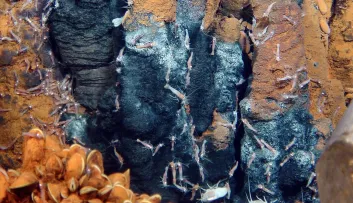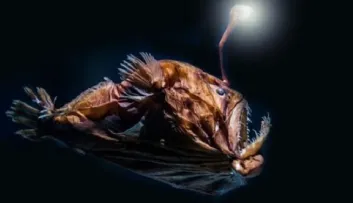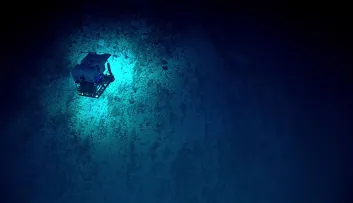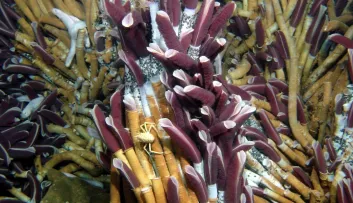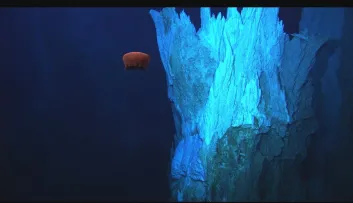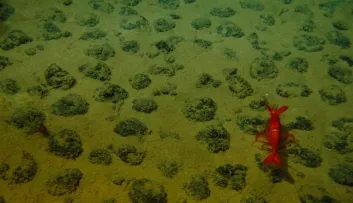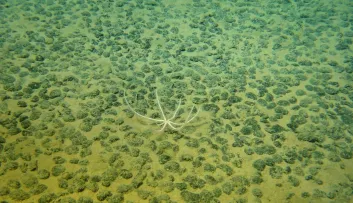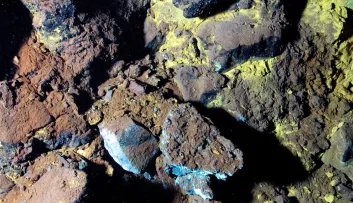Abyss 6mn
Bioluminescence: why do the animals in the abyss glow in the dark?
Bioluminescence, an example of how life has adapted to conditions on the deep seabed.
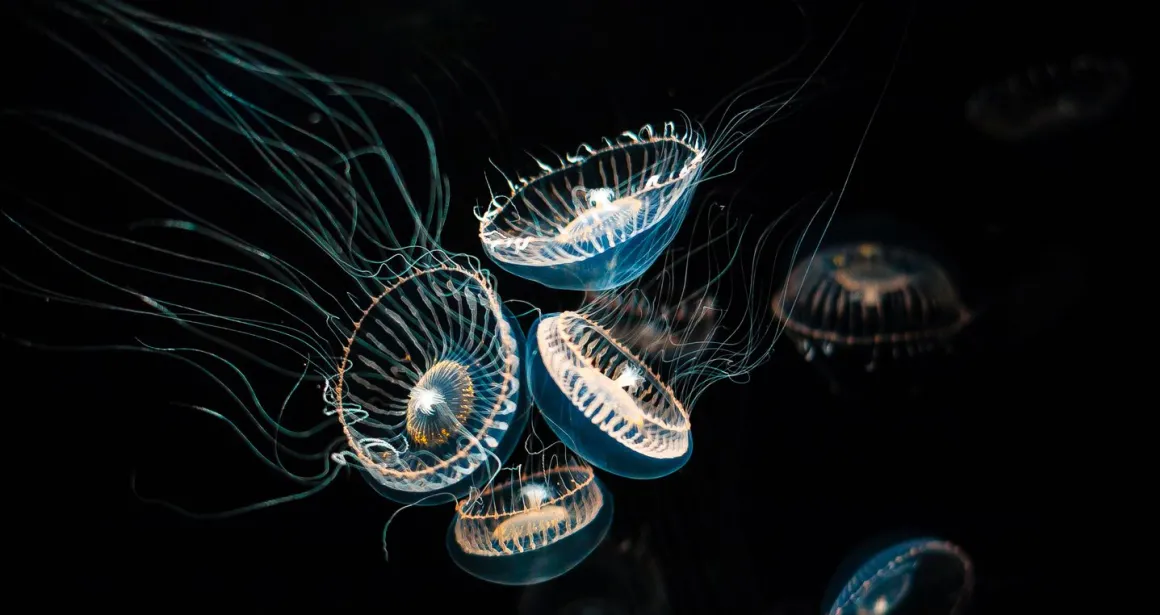
You catch a glimpse of light in the abyss, while all around you, darkness reigns. But where does this light source come from? It is most likely produced by an abyssal humpback anglerfish waving its lure in the hope of catching prey or meeting a partner.
This phenomenon is called bioluminescence and it is frequently found in the depths of the ocean. Let’s try to find out a little more!
Who is bioluminescent?
Bioluminescence is a widespread phenomenon. A study has shown that 70% of fish in a pelagic environment are bioluminescent and this figure rises to 90% of fish in depths below 500 m.
Phytoplankton, jellyfish and squid can also produce their own light and glow in the dark. Overall, three-quarters of marine animals and bacteria are bioluminescent. So why do these living things produce light?
Glowing in the dark, a matter of survival
In an environment where no natural light can penetrate into the ocean beyond 1000 metres, many marine organisms use bioluminescence to cover their basic needs: to defend themselves, to feed, to meet and to reproduce.
To defend themselves
To defend itself, for example, the deep-sea shrimp Acanthephyra purpurea uses the “bioluminescent vomit” technique whereby it sprays its vomit to repel predators. Another tactic is the flash of light produced by the Atolla Atolla wyvillei, a deep-sea jellyfish that glows bright red when attacked. This reaction has earned it the nickname of “alarm jellyfish”, as it attracts other predators to dispose of its attackers.
This ability to attract animals from the depths using flashes of light has been imitated by Edith Widder, a marine biologist. Her E-jelly device was used to lure the attention of a giant squid and film it in the depths of the ocean. A first and a fine example of biomimicry!
Higher up on the surface, ostracods, which are small crustaceans, produce a bluish light whenever they are jostled by the waves or feel threatened. Thanks to their presence, the beaches of the Maldives have become famous for their fluorescent blue glints.
Feeding
This ability to produce light is also used as a lure to find food. For example, the abyssal humpback anglerfish has a pouch of skin called an esca, which is filled with luminescent bacteria and is located at the end of the first spine of its disproportionately elongated dorsal fin. This gives it a sort of fishing rod: the lure attracts the prey, which the anglerfish can then swallow.
In other anglerfish from the same Lophiform family, the luminous organ is located on the roof of the mouth, inside the upper jaw. The fish simply waits patiently for prey to approach the lure, then closes its jaws and eats at its leisure. This technique is also used by the aptly-named flashlight fish.
While these fish use this luminous lure to be noticed, the squid uses light to mask its silhouette and avoid being seen. A neat trick to make itself invisible both to predators and to its prey!
Bacteria want to be seen in order to be eaten! This is the hypothesis put forward by researcher Séverine Martini, who studies bioluminescence at the CNRS (French National Centre for Scientific Research). In fact, in the intestines of fish, these micro-organisms find enough to eat and multiply faster than in the ocean. However, there are still many mysteries surrounding the function of being able to emit light.
Search for a partner
It’s not easy to see one another in the dark, let alone find a partner!
Light signals can be a way for marine animals to locate a potential partner and hence reproduce.
In the ocean, the plainfin midshipman Porichthys notatus, which lives at depths down to 366 metres, builds a nest under pebbles during the breeding season. It is known to emit loud grunts to attract females to its nest, and it also has luminescent photophores that light up during the spawning period.
How is this bioluminescence produced?
The ability of certain creatures to produce light is the result of a chemical reaction between luciferin, a molecule that produces light when oxidised by the enzyme luciferase.
Bioluminescence, phosphorescence or fluorescence?
Bioluminescence, phosphorescence or fluorescence are three phenomena that produce light, but have different origins:
- Bioluminescence is therefore the result of a chemical reaction.
- Phosphorescence is the ability of certain bodies to emit light after receiving it.
- Fluorescence is the ability of some organisms to immediately return light after receiving it. Some corals are capable of fluorescence; the proteins contained in coral tissue absorb blue light and reflect green light.
What applications can be derived from bioluminescence?
By studying bioluminescence, we have been able to gain a better understanding of certain species, but we are also interested in this phenomenon for its applications in our everyday lives.
Did you know? During the Second World War, Japanese officers were able to read their documents in the dark thanks to cypridina powder (ostracodes), which remains bioluminescent even when dried.
In the medical field, researchers have been able to use bioluminescent bacteria to precisely locate in 3D a tumour in a mouse. This research could improve medical imaging and thus enable early detection of tumours by accurately estimating their size and shape.
Aequorea victoria, a luminescent jellyfish, contains a protein, aequorin, which can be used as a biological marker in medical research. In 2008, Osamu Shimomura from Japan, and Roger Tsien and Martin Chalfie from the United States, were awarded the Nobel Prize in Chemistry for their work in extracting this green fluorescent protein.
